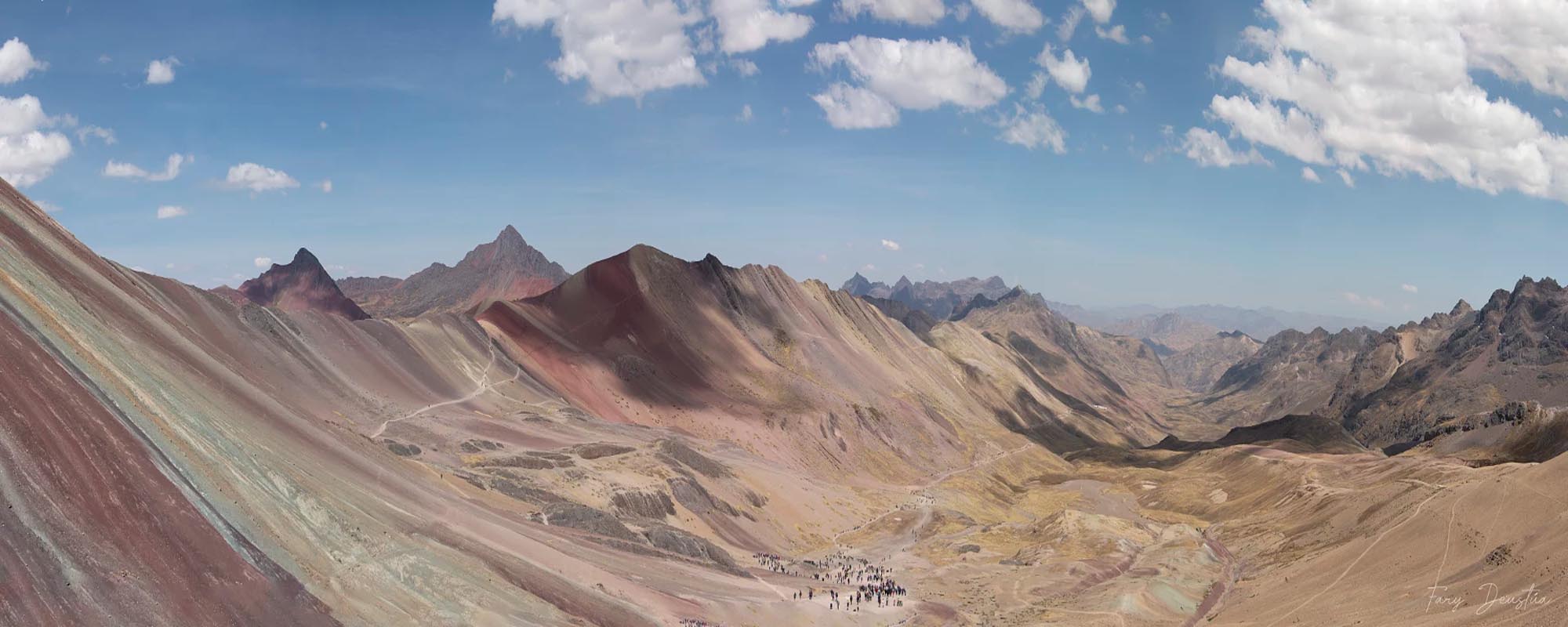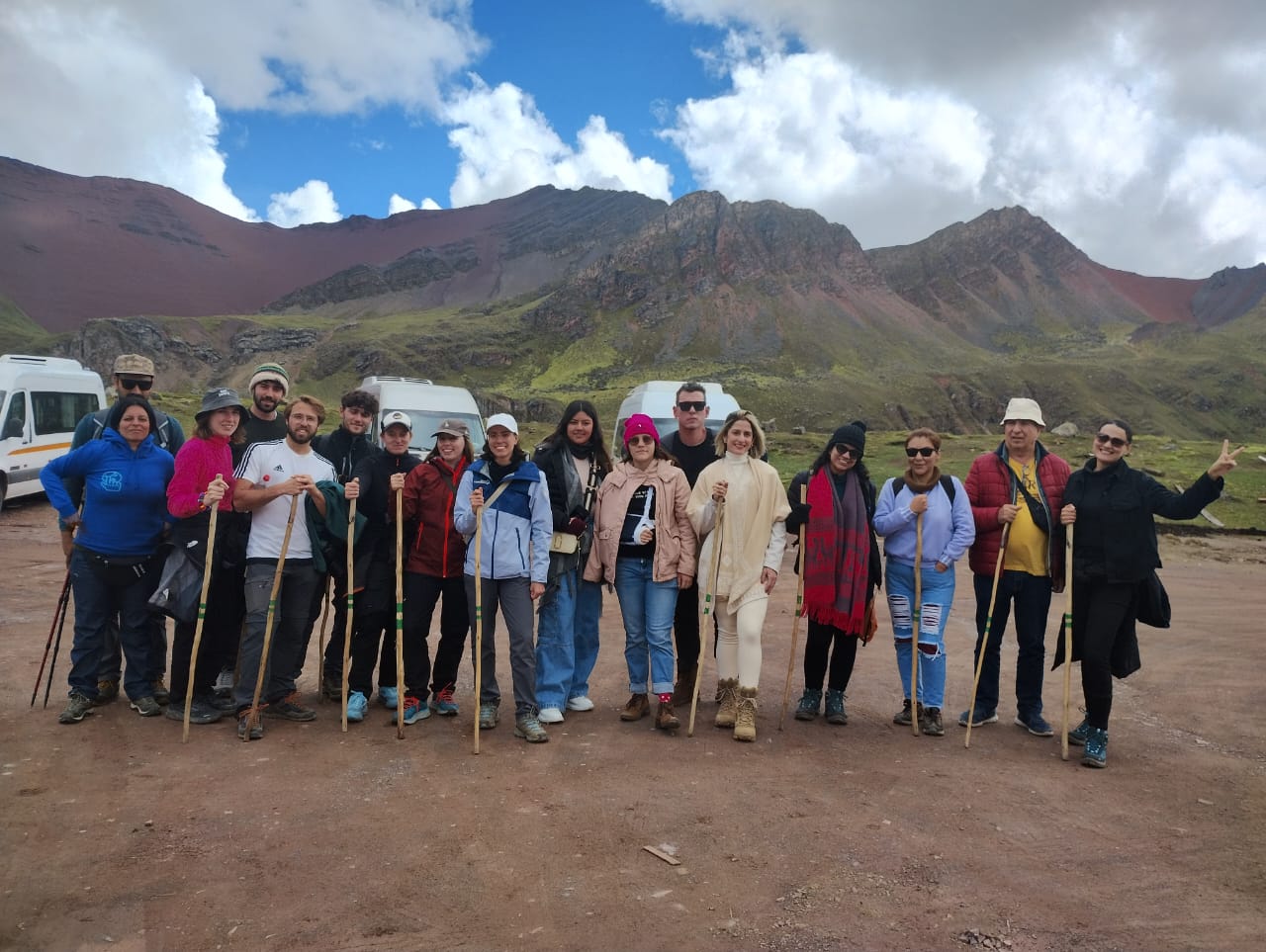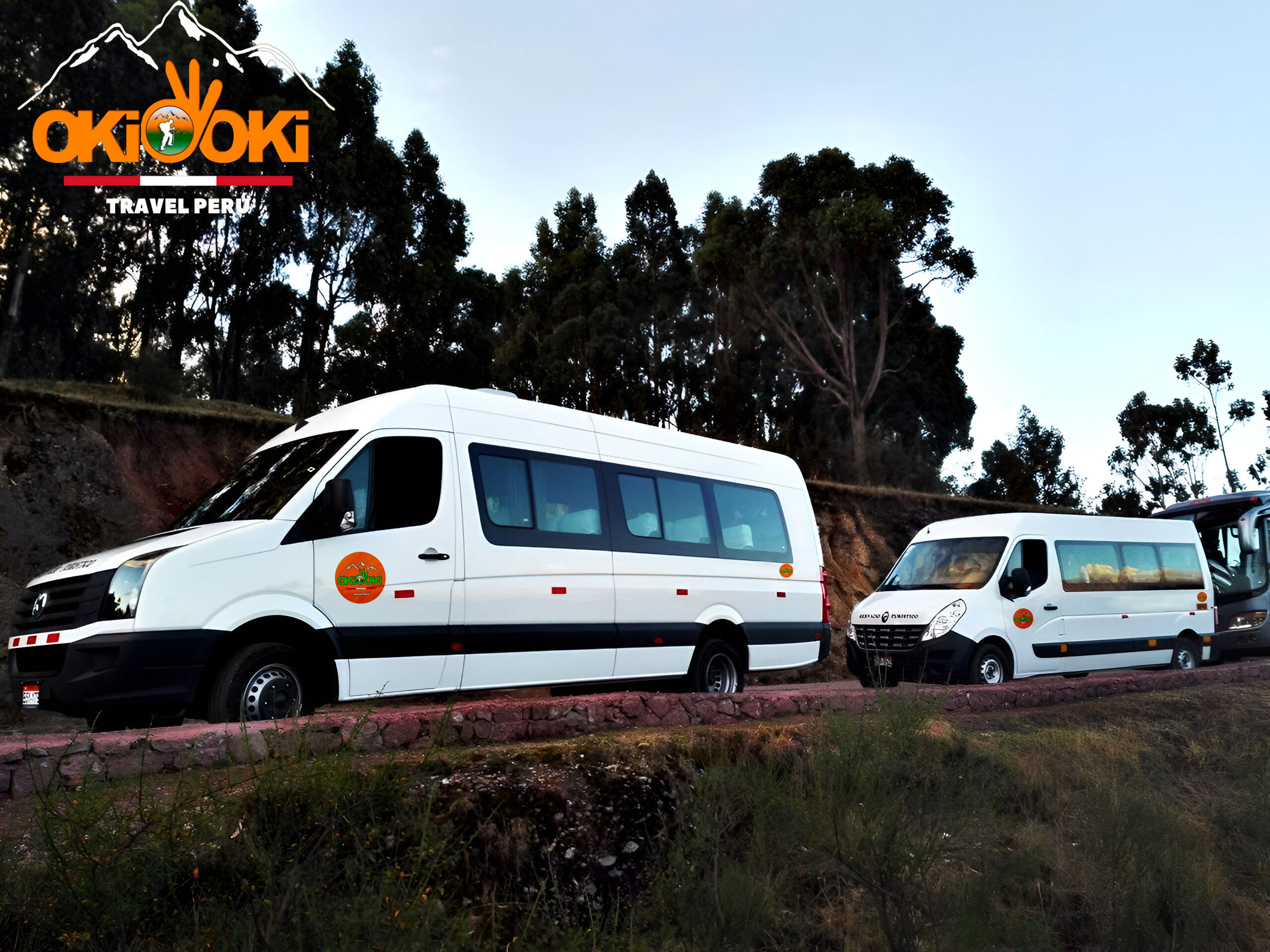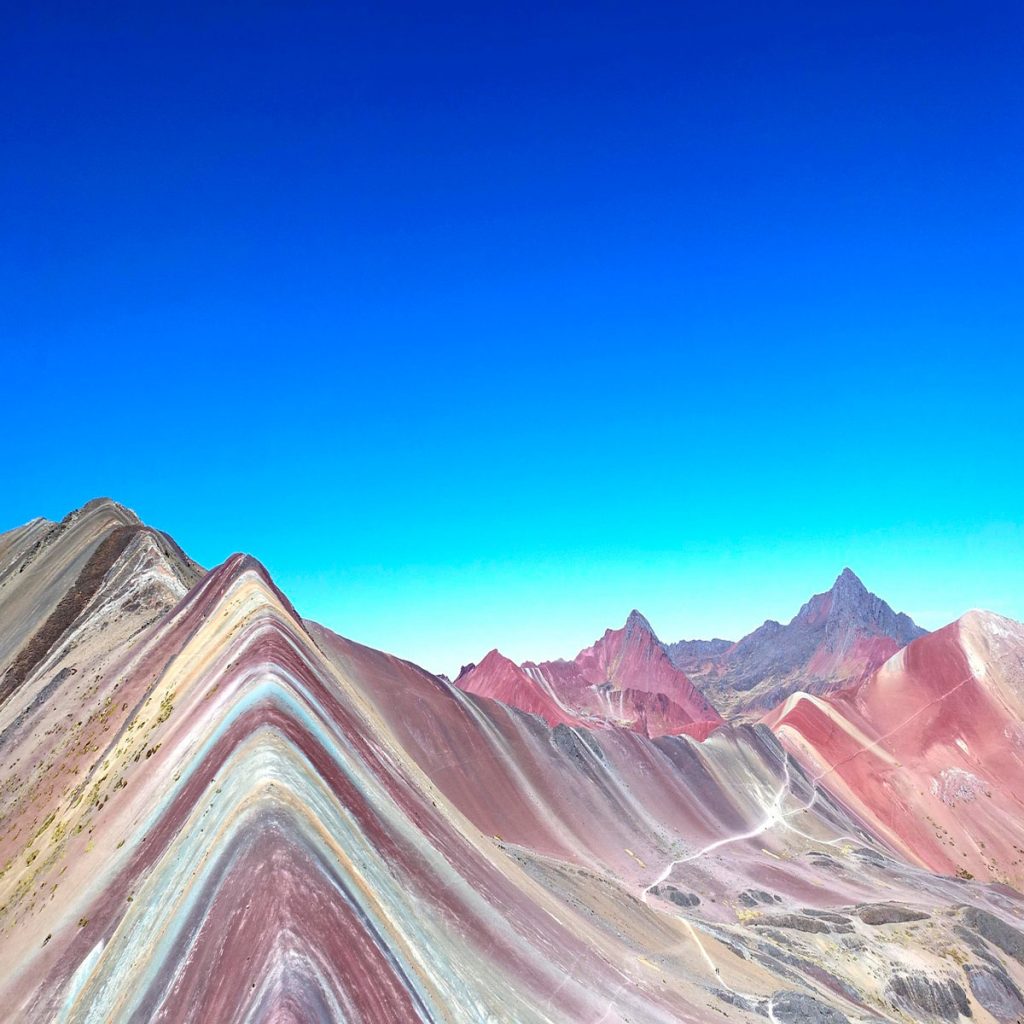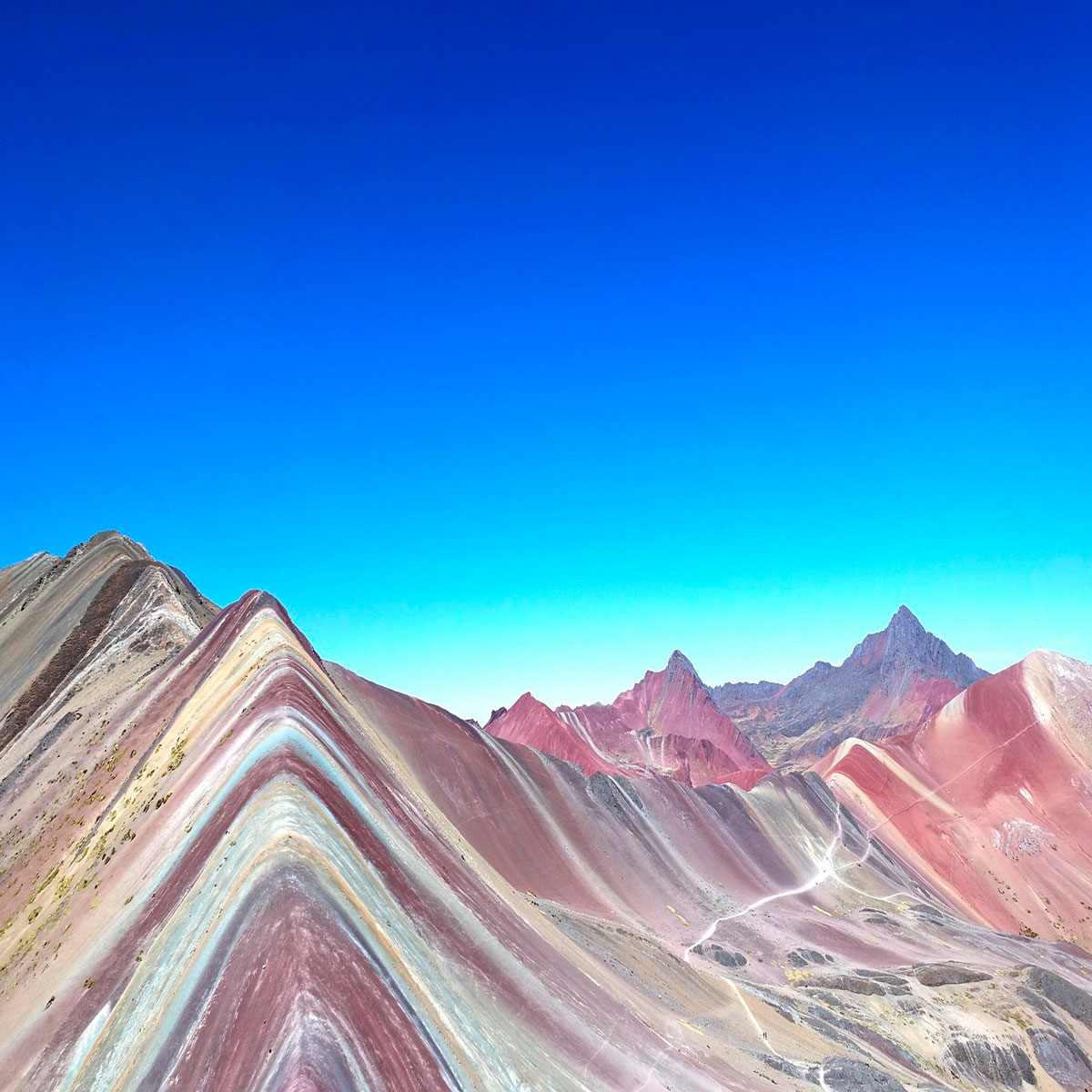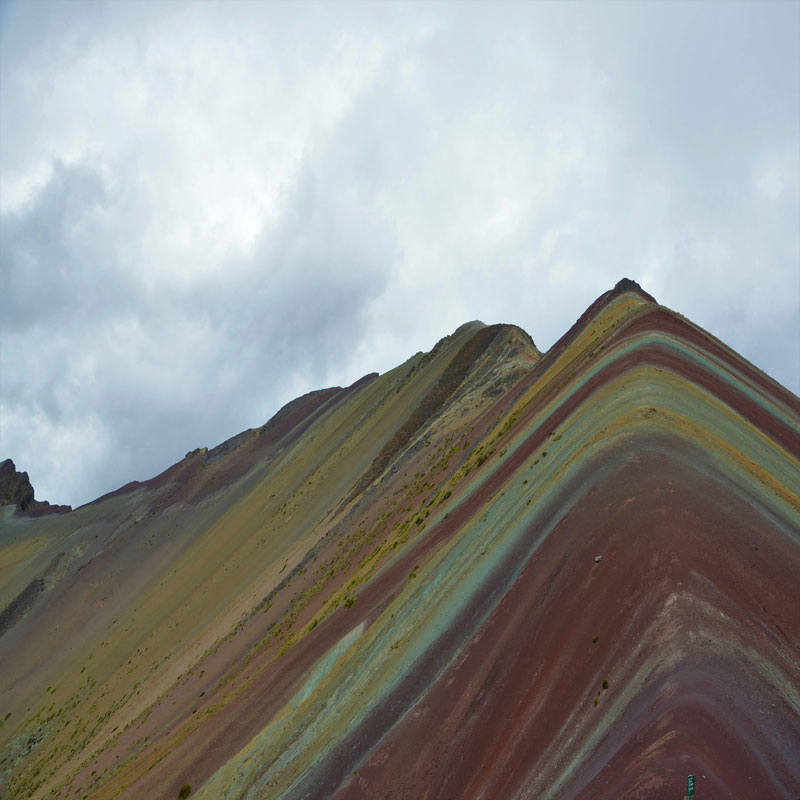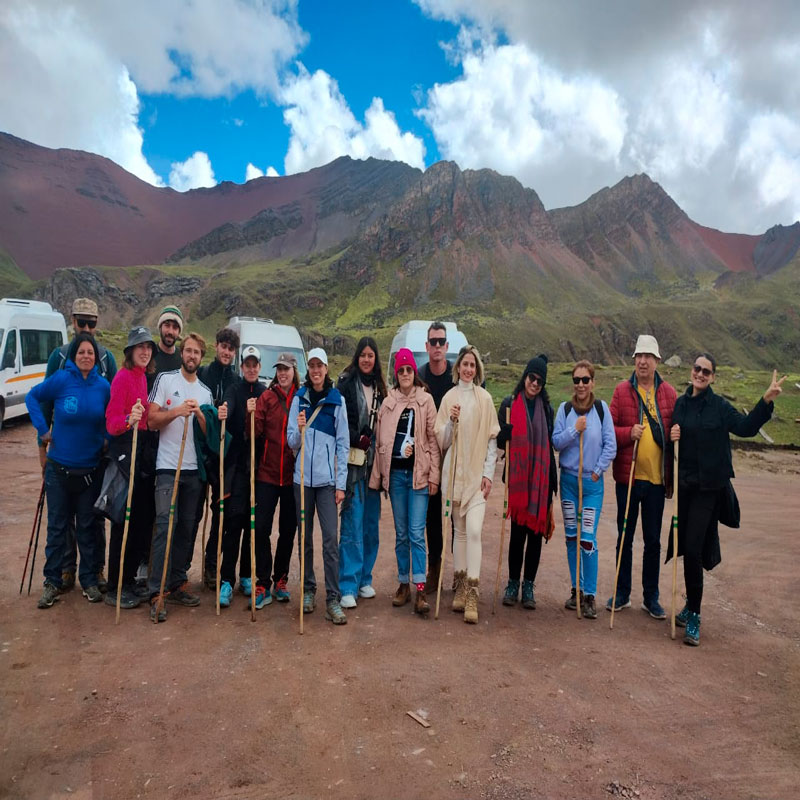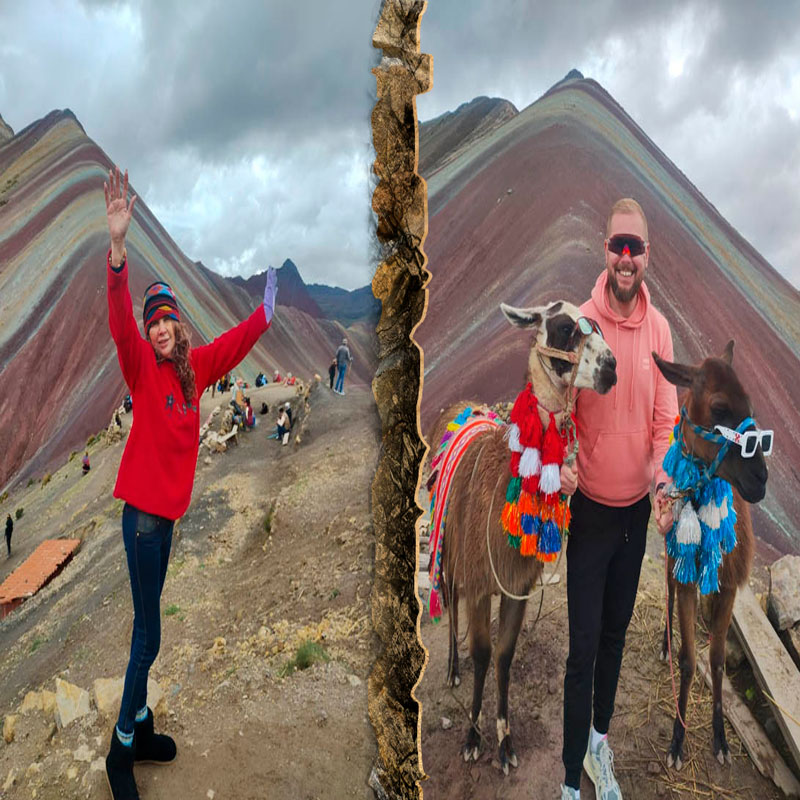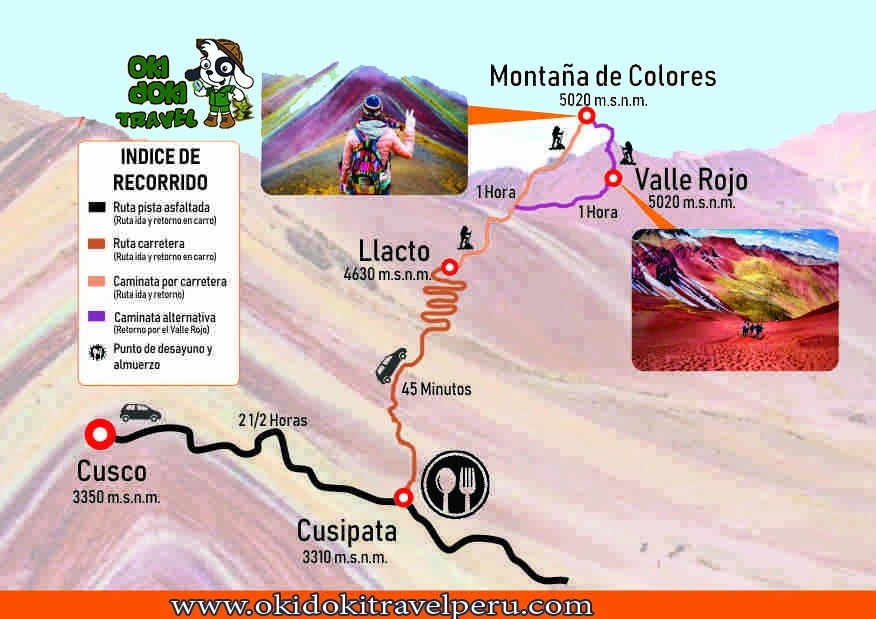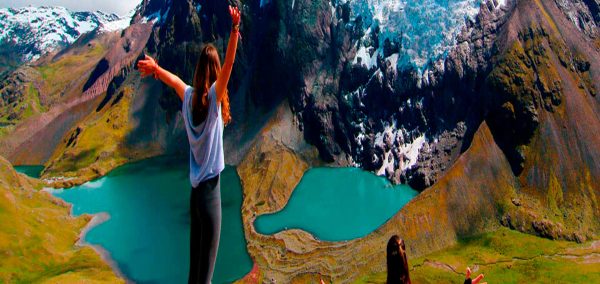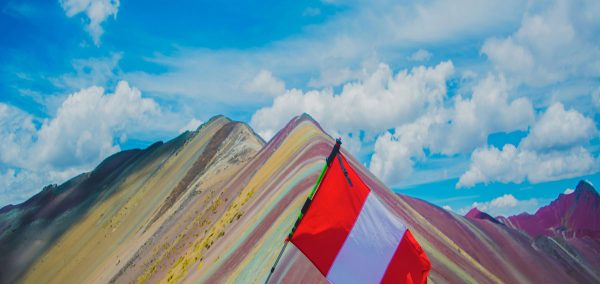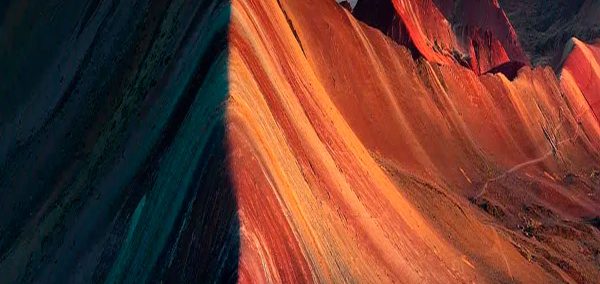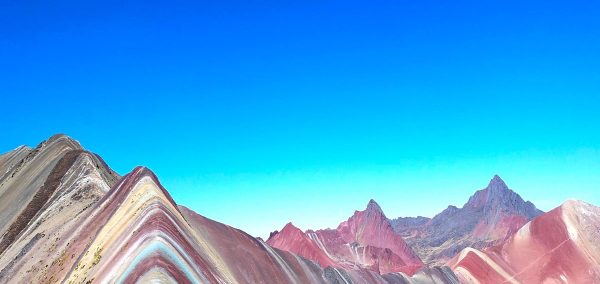Important points
Rainbow Mountain (Montaña de 7 Colores) – Group Tour – 1 Day
PRICE: 20 USD
CONDITIONS FOR RESERVATIONS AND CANCELLATIONS
Reservation Requirements
To make a reservation, you must provide the exact departure date of your Salkantay trek. Please note that no changes or cancellations are allowed once the reservation is made.
Deposit Requirement
To confirm your reservation and secure your participation in the trek, you are required to make a non-refundable deposit. This deposit is used to reserve all necessary services for your trek and, most importantly, to purchase your personal ticket to Machu Picchu, which cannot be canceled, rescheduled, or transferred.
Cancellation Policy
Cancellations or changes to the travel date are not accepted under any circumstances. If you cancel, your deposit will be forfeited—there are no refunds.
Your deposit is not a profit for us—it is invested in organizing a high-quality experience. To ensure a well-coordinated trek with no last-minute issues, we must pre-book all services (transportation, entry tickets, accommodations, etc.) in advance. These bookings are secured with deposits, and if we cancel, we also lose our deposits with our providers.
This is a serious commitment. When we reserve services for your trek, we are blocking spaces that providers could offer to other agencies. For this reason, we ask for your understanding: once you book, there are no cancellations or changes.
FAQs
Why is it called Vinicunca or Winikunka?
The mountain has long been known by the local Quechua name Winikunka, which translates to “hill of colored stones in the shape of a neck”. The spectacular rainbow-like coloration is the result of natural mineral deposits that have remained preserved thanks to the unique environmental conditions of the Andes.
Today, this site is internationally recognized as Vinicunca, Rainbow Mountain, or the Mountain of Seven Colors, and it lies near the mighty Ausangate Glacier (6,372 meters above sea level). Its slopes are striped with vibrant shades of fuchsia, turquoise, lavender, and gold, offering a truly surreal and dreamlike landscape.
Due to climate change and glacial melting, the vivid layers of color have become more visible in recent years, turning Vinicunca into one of the most visited attractions in the Cusco region—second only to Machu Picchu.
How did Rainbow Mountain become a tourist destination?
Although known to local communities for generations, Vinicunca remained hidden beneath snow and clouds for most of the year, making it inaccessible and virtually unknown to the world. It wasn’t until the early 2000s, when melting glaciers began to expose its mineral-rich surface, that visitors began to notice its unique beauty.
In recent years, regional and ecological studies recognized the area as a fragile ecosystem, highlighting the need to protect it from excessive tourism and incompatible land use. Despite some bureaucratic delays, efforts continue to establish Regional Conservation Areas to preserve Vinicunca and the surrounding Ausangate region.
Additional FAQs
🟢 How difficult is the hike to Rainbow Mountain?
The trek is moderate to challenging, mainly due to the high altitude (above 5,000 m). It’s recommended to acclimatize in Cusco for at least two days before the hike. Horses are available for rent if needed.
🟢 What is the best time to visit Rainbow Mountain?
The best time is during the dry season: May to September. Skies are clearer, and the colors of the mountain are more vivid. The rainy season (November–March) can obscure views and make the trail slippery.
🟢 Do I need a permit or ticket?
Yes. There is a local entrance fee of 25 soles (5 + 20 soles), which supports local communities and environmental maintenance.
🟢 Can I visit Rainbow Mountain on my own?
Technically yes, but it’s highly recommended to go with a tour agency due to the remote location, lack of clear signage, and the need for altitude awareness. Tours typically include transport, breakfast, lunch, and a professional guide.
🟢 Is Rainbow Mountain suitable for children?
It depends on their age and fitness level. Due to the thin air and steep incline, it’s not ideal for young children or people with respiratory issues. Always consult your physician before attempting high-altitude hikes.
